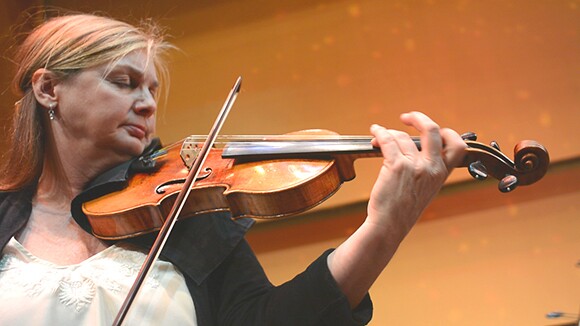Music theory serves as the foundation upon which all musical compositions are built. From classical symphonies to contemporary pop hits, an understanding of music theory allows musicians to communicate, analyze, and create music with depth and sophistication. However, for many beginners, the world of music theory can seem daunting and complex. In this beginner’s guide, we will unravel the mysteries of music theory, providing a comprehensive overview of key concepts and terminology to help aspiring musicians navigate this fascinating realm.
Understanding the Basics:
At its core, music theory is the study of the principles and elements that govern musical composition and performance. These principles encompass various aspects of music, including melody, harmony, rhythm, form, and structure. By understanding these elements, musicians can better comprehend how music is constructed and develop the skills necessary to interpret and create musical works.
One of the fundamental concepts in music theory is notation, which provides a standardized system for representing musical ideas on paper. Musical notation consists of symbols and markings that indicate pitch, duration, dynamics, and other expressive elements. The staff, clefs, notes, and rests are among the basic components of musical notation that beginners must learn to read and interpret.
Melody and Harmony:

Melody and harmony are two essential components of music that interact to create depth and texture. Melody refers to a sequence of single notes that are perceived as a coherent musical phrase. It is often the most memorable and recognizable aspect of a musical composition, serving as the primary vehicle for conveying emotion and expression.
Harmony, on the other hand, refers to the simultaneous sounding of two or more pitches to create chords and chord progressions. Harmony provides the harmonic framework upon which melodies are constructed, adding richness and complexity to the musical texture. Understanding how melodies and harmonies work together is crucial for composing and arranging music effectively.
Rhythm and Meter:
Rhythm and meter govern the organization of time in music, dictating the duration and placement of notes within a musical piece. Rhythm refers to the pattern of long and short durations that create the sense of musical pulse or beat. Meter, meanwhile, refers to the organization of beats into regular groupings, such as duple, triple, or quadruple meter.
In addition to basic rhythmic patterns, musicians must also understand concepts such as tempo, syncopation, and rhythmic notation. Mastery of rhythm and meter allows musicians to perform music with precision and expressive nuance, enhancing the overall musical experience for both performers and listeners.
Form and Structure:
Form and structure refer to the organization of musical elements within a composition, including the arrangement of sections, phrases, and themes. Common musical forms include binary form, ternary form, rondo form, and sonata form, each characterized by its unique organization of musical material.
Understanding musical form is essential for interpreting and analyzing compositions across different genres and styles. By identifying recurring patterns and structural elements, musicians can gain insight into the composer’s intentions and the overall architecture of a musical work.
Putting It All Together:

Aspiring musicians can deepen their understanding of music theory through study, practice, and listening. Engaging with a variety of musical genres and styles allows learners to explore different approaches to composition and performance, while regular practice reinforces theoretical concepts and develops musical fluency.
For beginners seeking to expand their knowledge of music theory, resources such as books, online tutorials, and educational websites can provide valuable guidance and instruction. Additionally, enrolling in music theory courses or working with a knowledgeable instructor can offer personalized feedback and support tailored to individual learning needs.
In conclusion, music theory serves as a vital tool for musicians of all levels, providing a framework for understanding and creating music. By unraveling the mysteries of music theory, beginners can gain the knowledge and skills necessary to embark on their musical journey with confidence and enthusiasm. Whether studying melody and harmony, rhythm and meter, or form and structure, the pursuit of music theory opens doors to a deeper appreciation and understanding of the art form.
For further exploration of music theory and practical applications, visit Root Hog Music (https://roothogmusic.com/), where you can find a wealth of resources, including instructional materials, sheet music, and recordings, to support your musical education and development.



